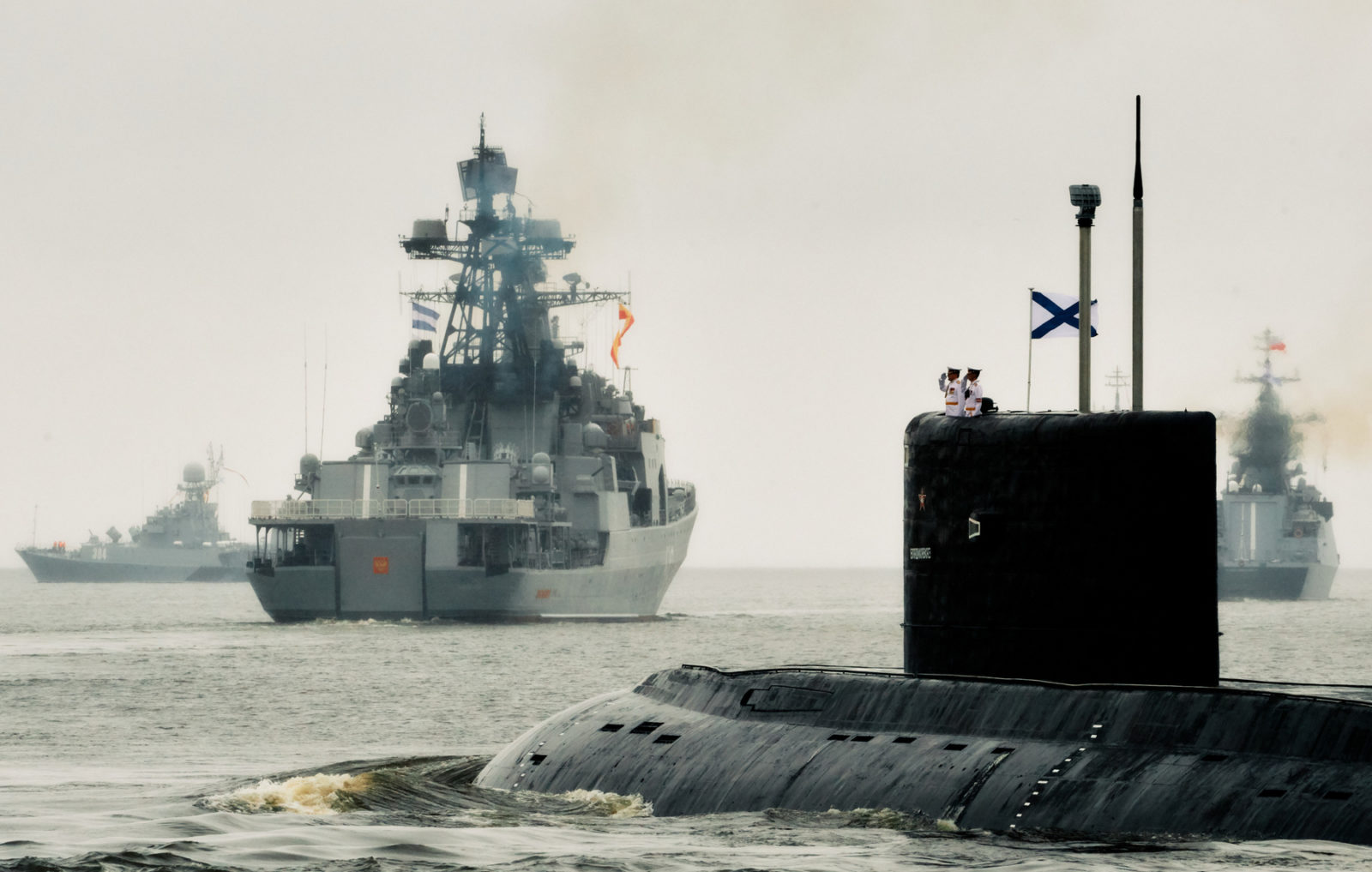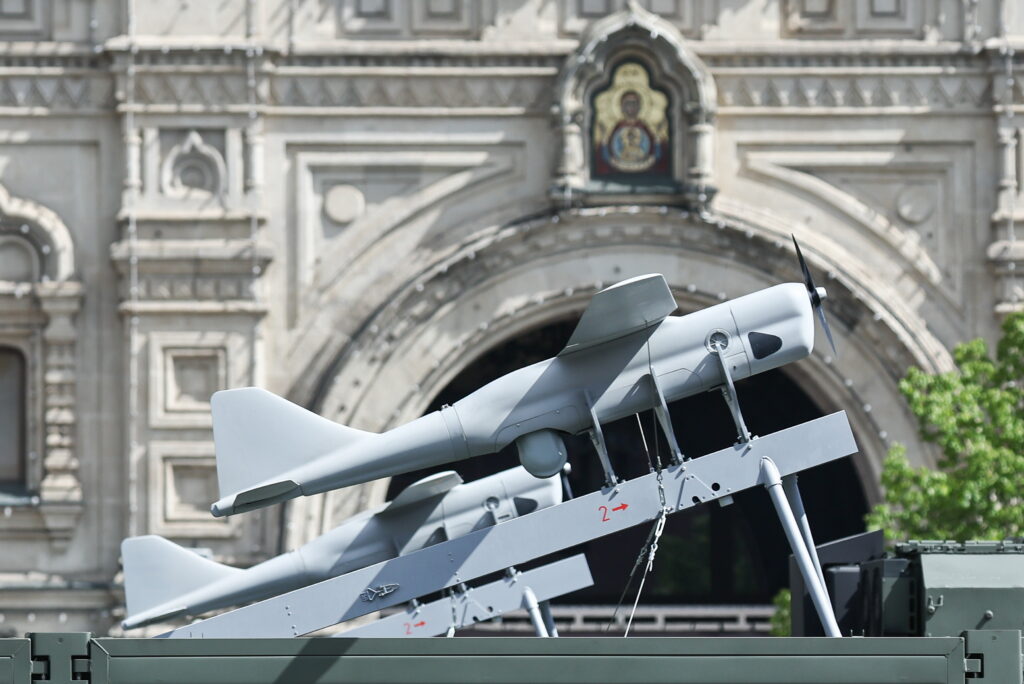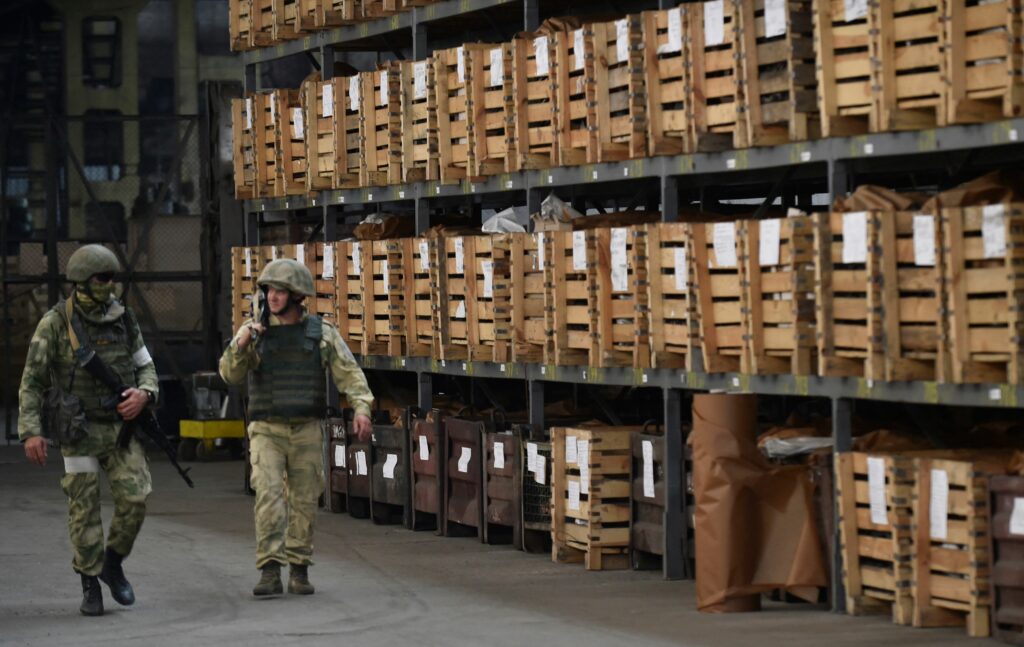On July 28, 2019, at the national Navy Day parade in St. Petersburg, Vladimir Putin announced that Russia is planning to upgrade its surface fleet in terms of both quantity and quality. But this bold declaration is unlikely to become a reality – the state of the Russian arms industry simply doesn’t allow for it. What is more, in the state armaments program for 2018-2027, a key point was to develop strategic nuclear forces and ground forces by compensating with a reduction in the cost of conventional naval forces.
And here we should not be misled even by the figure of the 180 ships that the fleet should receive by 2027 – the vast majority of these are small warships and auxiliary vessels. It is also worth considering that Russian naval forces are divided into 4 fleets: the North, Pacific, Baltic, and Black Seas, as well as a separate Caspian flotilla. This greatly reduces the possibilities of concentrating them together and objectively limits Russia’s combat potential at sea. As a result, in developing its Navy, Moscow is forced to work based on the assumption of its ‘fragmentation’ and limited production capabilities.
The Burden of Nuclear Submarines
Traditionally, Russia’s main maritime priorities are its two types of nuclear submarines – ballistic missile carriers (10 units) and cruise missile carriers (20 units) – and this is unlikely to change in the foreseeable future, especially considering that it is extremely important for Moscow to update its ageing fleet.
First of all, the main thing being discussed is the completion of a series of 8 strategic submarines equipped with 955 Borei Project ballistic missiles. Out of these, only 3 ships have been built and are currently operating, while another one is planned to join the fleet before the end of this year. This is despite the fact that in the early 2010s it was assumed that by 2020 all of this project’s submarines would be in operation. At the same time, the 667BDR Project and 667BDRM Project strategic submarines will be gradually decommissioned in the coming years – a total of 7 ships. True, if new delays occur with the construction of the Borei class, the 667BDRM ships’ service lives will be extended for as long as possible, even if they completely stop going out to sea.
As for cruise missile submarines, 18 out of 20 of these were built in the 1980s or early 1990s. At the same time, only one Project 885 Yasen ship is in service so far (as of 2014), and one more is being tested at sea. In the early 2010s, Russian authorities planned to have 7 of these submarines by 2020, out of 9 units so far included in the Yasen class. As a result, the submarines from older projects will have to be modernized and maintained in Russia’s ranks as much as possible for as long as possible.
At the same time, the accident on the Losharik deep-sea nuclear power station submarine in July 2019 exposed a serious problem. Here the key thing, especially for the Northern Sea fleet, is the reliability of these deep-sea stations and their special-purpose carrier submarines, which are designed to place and maintain underwater routes for nuclear submarines, as well as provide them private access to the open ocean. Consequently, commissioning new carrier submarines – Belgorod (launched in 2019, undergoing tests) and Khabarovsk (under construction) submarines – only adds to the existing burden of the two existing special submarines and the repair of Losharik.
It turns out that in total, Moscow needs to build at least 3 more strategic submarines, 7 cruise missile submarines and one special-purpose submarine over the next decade – a total of 11 nuclear submarines. In contrast, in the previous decade – in much more favorable economic and political conditions – Russia only built 8 such submarines, including those still in testing stages before being incorporated into the fleet. And in addition to these current plans, there is also the maintenance and re-armament of existing nuclear submarines deemed fit for an extension of their service lives. In all likelihood, Russia will not be able to fully implement these plans, so by the end of the 2020s the number of cruise missile submarines will not exceed 12-14, while the number of ballistic missile submarines will be no more than 8 units.
Such an arduous undertaking seems irrational, but any other option would require Moscow to seriously rethink its approach to creating and using its atomic submarine fleet, as well as its approach to its strategic nuclear forces overall. And the current Russian government is organizationally unprepared for this.
Surface Fleet: Sorties and Small Forces
Under these conditions, upgrading the quality of the Russian surface fleet looks unrealistic – Russia simply does not have the resources to do it. By the looks of it, the Kremlin understands this, so since some time it has mainly banked on creating corvettes and frigates (patrol ships) of up to 4,500 tons, as well as diesel-electric submarines. Over the past 20 years, the Russian Navy has added 13 different corvette and frigate-class ships, 6 diesel-electric Project 636 Varshavyankya submarines and 1 Project 677 Lada submarine. The fleet also added a number of small ships for various purposes.
These forces are mainly designed to fight in battles with potential enemy ships in “access restriction zones” (A2/AD) such as Kaliningrad, annexed Crimea, the Okhotsk Sea, and Russian bases in Syria. They can also undertake limited ‘sorties’ to more distant seas for exercises or for flag-displaying purposes. At the same time, being distributed over several fleets, these forces remain fragmented. So, for example, to ensure a permanent presence in the Mediterranean, Russia needs to gather warships from all of its fleets.
Another long-term Achilles heel for Russia is the production of ship engines. After its break with Ukraine, Moscow had to go to great lengths in order to independently produce the first 3 gas turbine engines for its latest Project 22350 Admiral Gorshkov-class frigates (tonnage of 4500 tons) and Project 20386 corvettes (tonnage of 1800 tons) by 2019. It is precisely because of problems with producing engines that it is doubtful Russia will be able to produce more powerful ships in the next decade, such as destroyers and cruisers. At best, it may be able to upgrade its engines on the Moscow, Varyag, and Marshal Ustinov cruisers and on some large anti-submarine ships.
A more likely direction for Moscow in this situation is a further increase in the number of diesel-electric submarines in the Navy. In previous years, its enterprises managed to establish the production of these submarines at a rate of up to 2 units per year, which is quite successful compared to the situation with surface ships. It will also allow Russia to make more ‘sorties’ to distant seas, although fundamentally little will change in its military capabilities at sea.
Motor Trap Forever
Against this backdrop, Moscow is trying to return to the idea of warships with nuclear power plants. It also still has two Project 1144 nuclear missile cruisers: Pyotr Veliky and Admiral Nakhimov (currently under prolonged repair). Currently Russia is trying to develop a nuclear destroyer under the new 23560 Lider project capable of carrying about 100 cruise missiles. That is to say, the new ship, in a first for the Russian Navy, will not only be designed to battle other ships, but also to deliver massive blows to ground targets. It appears that Russia would like to acquire ships that are comparable in terms of combat potential to American cruisers like the Ticonderoga and destroyers like Arleigh Burke. What is more, the Russian United Shipbuilding Corporation is even trying to convince the military to have a nuclear carrier ordered for development.
However, the nuclear power option is questionable. Existing Russian transport reactors do not have enough power to install them on large surface warships. So, for the Project 1144 cruisers, the icebreaking reactors initially had to be modified to operate on very highly enriched uranium (70%). This made operating the reactors difficult and expensive.
As a result, today Russia is developing powerful ship reactors capable of operating on low-enriched uranium. Useful to remember here is the design of the RITM-400 reactor, officially intended to be used in a future super-icebreaker. However, the research design for this reactor is also likely to have a military component. But here, another problem arises: the mass of this reactor installation is huge – 2000 tons for a single RITM-400, and 2 are required for each destroyer. So even if Russia puts all its efforts into it, it can only build between 1 and 4 destroyers of this type, and this will take no less than 15-20 years.
Simply put, all these efforts will not help Moscow to get out of its ‘motor trap’ and upgrade the quality of its Navy, which will retain its military and political significance only in terms of nuclear deterrence and proximity to Russian borders. In cases of operations in more distant seas, Russia will be forced to seek tactical coalitions or join such coalitions for political purposes.










